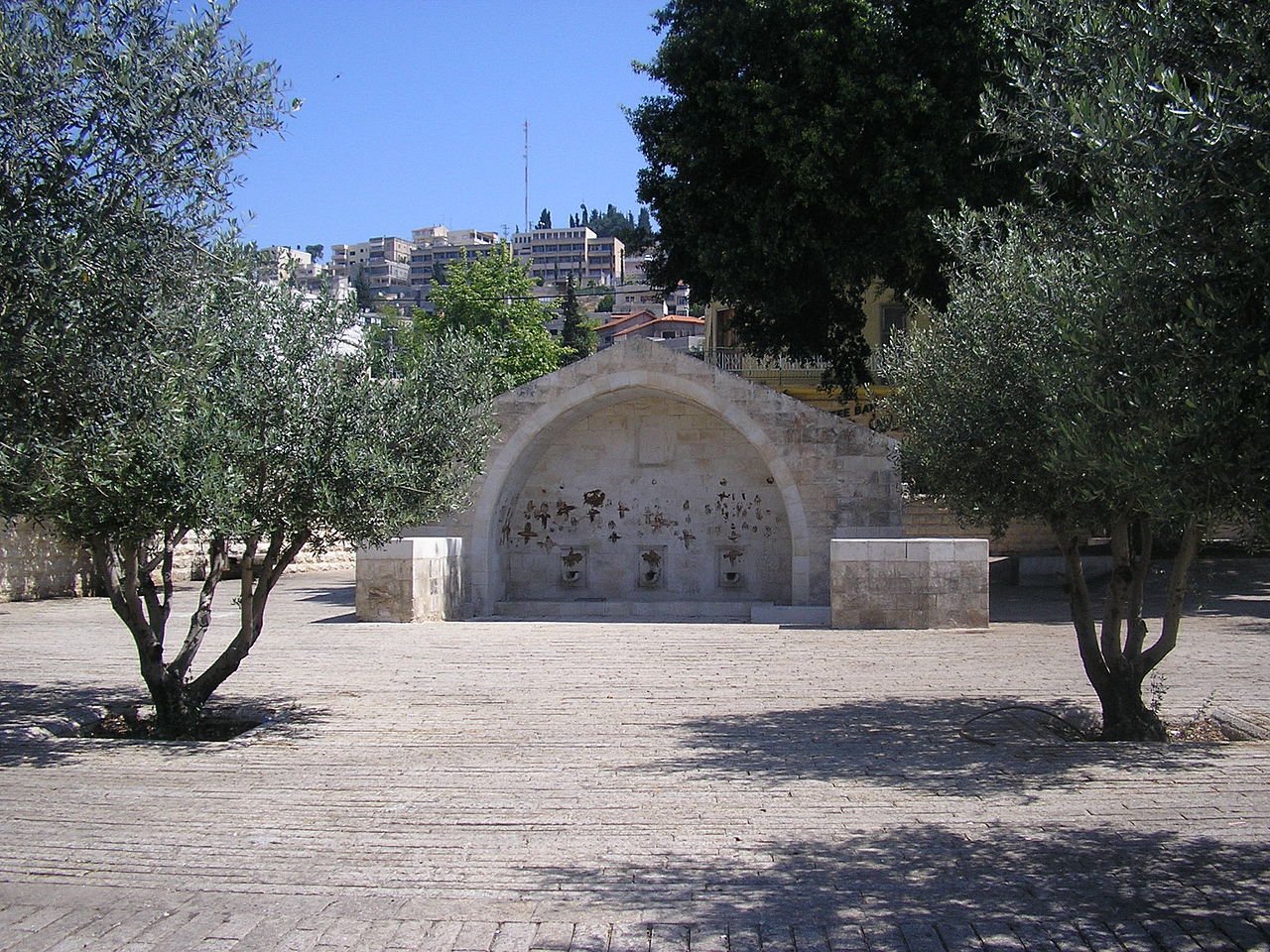The three winners of the 2015 Israel Academic Travel Awards, sponsored by Global Affairs, Judaic Studies, and Middle East Studies, share a summary of their experiences traveling in Israel this past summer.
Alexandra Liner, a speech language and hearing science major and psychology minor, spent the summer abroad with Onward Israel, volunteering at Yachdav Women's Shelter, a shelter for women and children who have experienced and escaped domestic violence.
I spent two months in Israel this past summer, participating in two very different programs. The first program was a six-week long service learning program called the Negev Service Corps. This program included volunteer service to local organizations in the old city of Be’er Sheva as well as learning more about the diversity of Israel and minority communities. Specifically, I volunteered at a placement for children recovering from drug and alcohol abuse with one other girl from the trip. Each of us volunteered four days a week and then traveled all over Israel to visit and learn more about minority communities. Some examples of things we did were being hosted overnight by Druze families, visiting many different Bedouin villages, learning about the culture of the Black Hebrews, and being exposed to the issues of African refugees living in southern Tel Aviv.
There were 15 participants on this program and we lived in two separate apartments in the same complex alongside local Israelis. The group became extremely close-knit in a surprisingly short amount of time, and I have met some of the most amazing people after completing this program. After the Negev Service Corps, I was part of a program called Israel 2.0. This was a two-week program filled with touring, exploring, and Jewish learning. I was the youngest participant in this program, there were 24 others all in their mid-twenties or early thirties, and each of us had very different Jewish backgrounds and upbringings, so it was very interesting to hear different opinions and thought processes about the things we were learning. We did many interesting things on this program, such as touring the underground tunnels beneath the Kotel, visiting the Knesset, hiking in the desert, and much more.
Spending my summer in Israel has been the best decision of my life, and it has changed me and shaped me into a better person than I was before. I realized how important it is for me to hold Judaism close to my heart, and I have a much deeper appreciation for Jewish history. After coming back to school, I try my hardest to keep some traditions such as lighting Shabbat candles, attending Shabbat dinners at Hillel, as well as consciously trying to improve myself every day.
Thank you so much to the Center for Judaic Studies for allowing me to have this once in a life time experience.
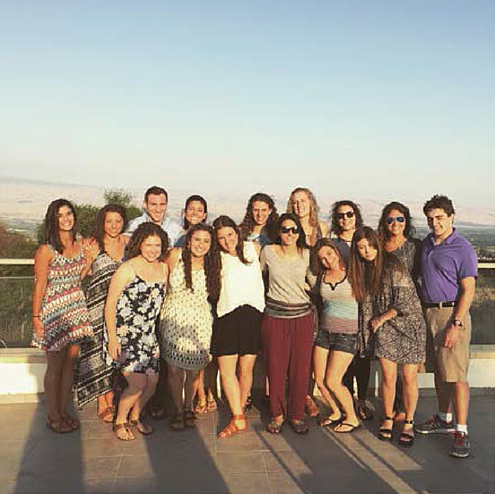
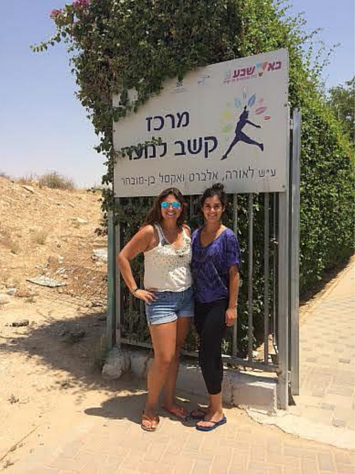
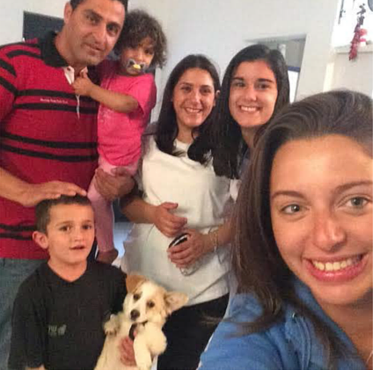


Ryan Norton, a double major in political science and human rights and minor in history, used his travel award to attend the University of Haifa International School this past summer.
There is no way I could possibly hope to describe everything I saw and thought during my time in Israel this summer. My original plan to spend two months in Haifa studying Hebrew was edited at the last minute to just one month, trading the second month for a slightly earlier arrival in Israel. I spent about a week enjoying the modern city of Tel Aviv before going to Jerusalem where I took day tours of the West Bank. I found myself in places I never thought I would be able to see and where it is illegal for Israelis to go. I had a great time, thanks to my two tour guides, one Christian and one Muslim, who grew up side by side in the Bethlehem suburb of Beyt Sahour. The week of tours took me to Bethlehem, Nablus, Hebron, and Ramallah. The former three are all mentioned in the Hebrew Bible, and there is an authenticity about these cities that no other place in Israel quite manages to capture. At the same time, these tours had a focus of explaining the Israeli-Palestinian conflict from the other side. The convergence of the two made for one of the most eye opening experiences of my life.
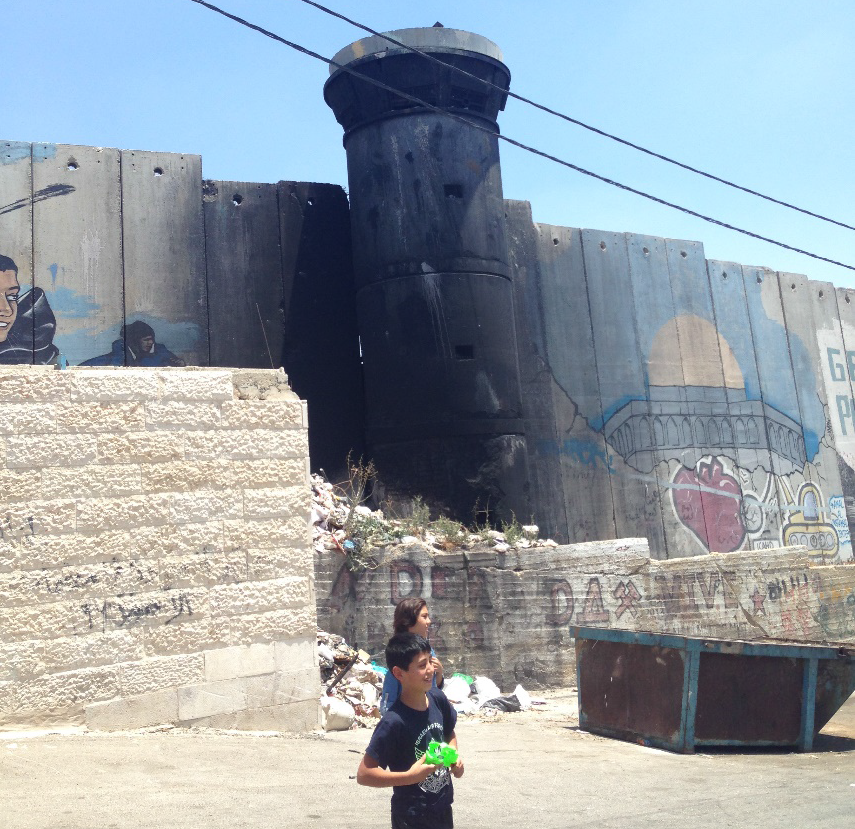
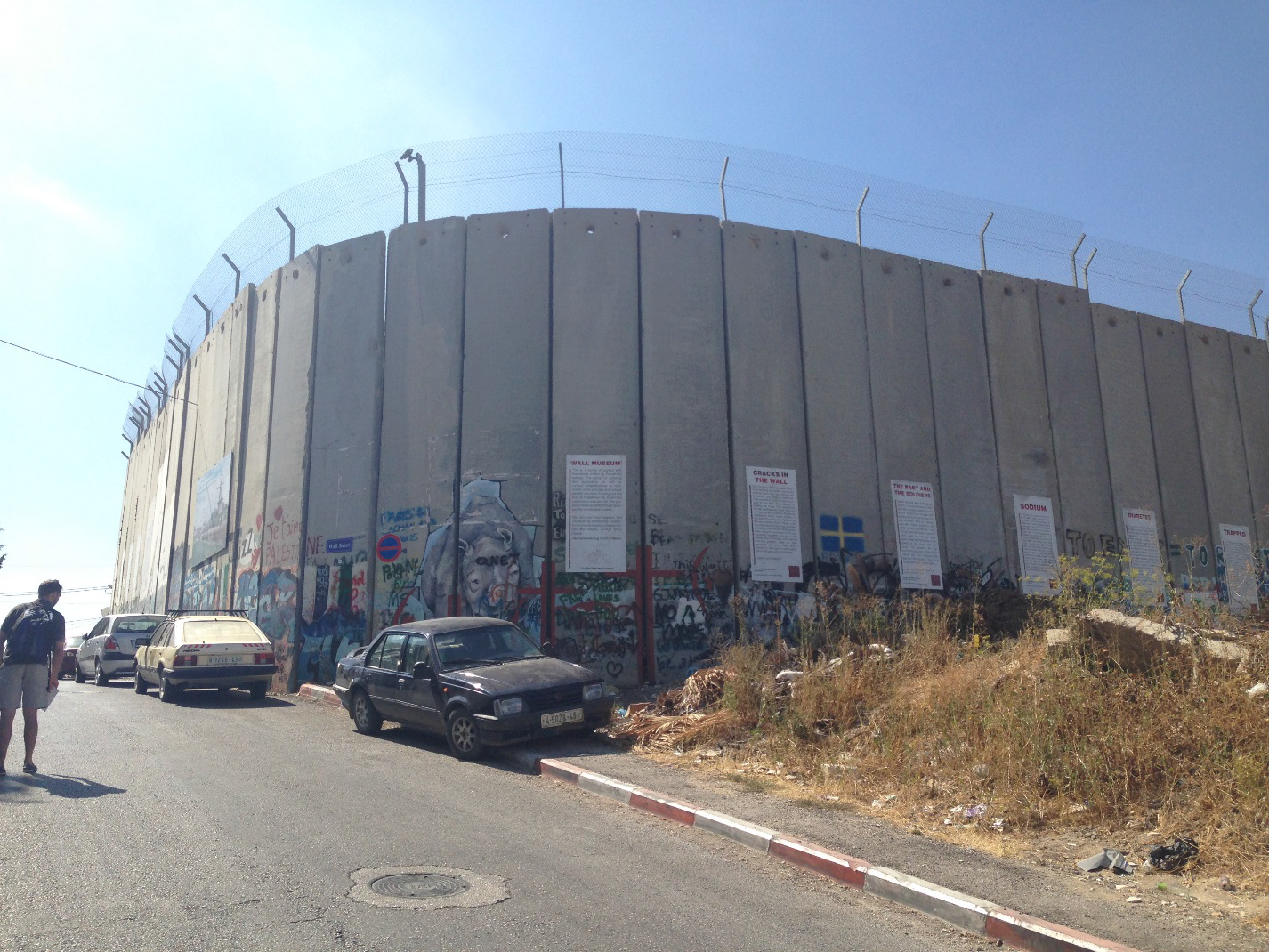
Before we went to Nablus I got to meet the cousin of the Samaritan High Priest, who lives in a village just outside of Nablus. Yes, as in “The Good Samaritan”. There are barely over a thousand of them left, but they can trace the priestly lineage back for thousands of years. Jesus’ lifetime coincided with the 74th 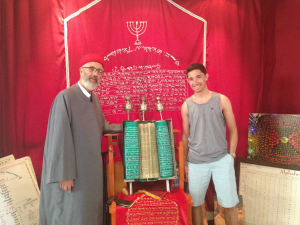 Samaritan High Priest. The Samaritans are very similar to the Jews but thousands of years of divergence shows. They have the menorah with 7 candles and they have the Torah, but their Torah is a bit different. Aside from the few hundred grammatical differences, it’s also written in a derivative close to ancient Hebrew. The Samaritans speak and pray in ancient Hebrew during holidays. Their day-to-day tongue is Arabic. Interesting fact about these guys, they don’t believe that Mount Moriah, the site of the Al-Aqsa Mosque and the Western Wall, is the correct mountain. They think it’s a hill right across from their village. Today, Jews do not perform the ritual sacrifice of animals because the ritual requires the Temple, which must be built on the site of the Temple Mount, where the Dome of the Rock sits. The Samaritans have their mountain, and they perform animal sacrifices on an annual basis every year on Passover. Another fun fact, the Samaritans are the only group to have citizenship from Israel, Palestine, and Jordan; and they were the only West Bank Palestinians who were allowed to retain their Jordanian Passports after Jordan lost control of the West Bank in 1967.
Samaritan High Priest. The Samaritans are very similar to the Jews but thousands of years of divergence shows. They have the menorah with 7 candles and they have the Torah, but their Torah is a bit different. Aside from the few hundred grammatical differences, it’s also written in a derivative close to ancient Hebrew. The Samaritans speak and pray in ancient Hebrew during holidays. Their day-to-day tongue is Arabic. Interesting fact about these guys, they don’t believe that Mount Moriah, the site of the Al-Aqsa Mosque and the Western Wall, is the correct mountain. They think it’s a hill right across from their village. Today, Jews do not perform the ritual sacrifice of animals because the ritual requires the Temple, which must be built on the site of the Temple Mount, where the Dome of the Rock sits. The Samaritans have their mountain, and they perform animal sacrifices on an annual basis every year on Passover. Another fun fact, the Samaritans are the only group to have citizenship from Israel, Palestine, and Jordan; and they were the only West Bank Palestinians who were allowed to retain their Jordanian Passports after Jordan lost control of the West Bank in 1967.
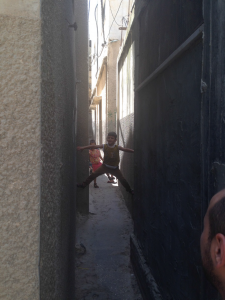 Nablus, on the other hand, gets very little tourism. This is a picture of an eight year-old boy in Balata Refugee Camp. The average age there is around 15. The whole camp is 1km2 but upwards of 20,000 people live there. This is what the streets look like. No urban planning whatsoever. As the houses get bigger, the streets get smaller. You can actually see the density of this camp if you looked at a satellite view on Google Maps. A few hours after I left this spot, the IDF, by request of the Palestinian Authority, raided Nablus and arrested 40 members of the Hamas terrorist group who were in the process of planning a coup to overthrow the Palestinian Authority.
Nablus, on the other hand, gets very little tourism. This is a picture of an eight year-old boy in Balata Refugee Camp. The average age there is around 15. The whole camp is 1km2 but upwards of 20,000 people live there. This is what the streets look like. No urban planning whatsoever. As the houses get bigger, the streets get smaller. You can actually see the density of this camp if you looked at a satellite view on Google Maps. A few hours after I left this spot, the IDF, by request of the Palestinian Authority, raided Nablus and arrested 40 members of the Hamas terrorist group who were in the process of planning a coup to overthrow the Palestinian Authority.
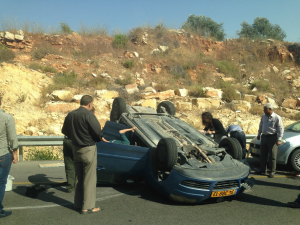 On our way home from Nablus we passed by this car accident. Somebody was stuck in the car. The orange plate signifies this is a car of an Israeli settler. Shown in the picture are Palestinians who stopped
On our way home from Nablus we passed by this car accident. Somebody was stuck in the car. The orange plate signifies this is a car of an Israeli settler. Shown in the picture are Palestinians who stopped
their own vehicles to help out.
There are hundreds more pictures where these came from, each of which have their own story that opened my eyes up to a side of Israel/Palestine that one simply cannot get by reading the news. I highly encourage anyone who is planning to go to Israel to look into Green Olive Tours. They do an amazing job.
Carsten Witt, a Ph.D. Candidate who attended an intensive Hebrew Summer Ulpan Program at Haifa University and conducted research in Tel Aviv to advance his dissertation on German Jewish constructions of space.
I participated in the Hebrew Summer Ulpan at Haifa University. The Ulpan offers 25 contact hours of Hebrew instruction with accompanying tutoring. Every week there were two trips allowing us to explore the history of ancient and contemporary Israel. In the first week, we went to see Haifa and the Bahá’i Gardens. During week two, we went to Nazareth and Jerusalem. On both tours we were accompanied by professional tour guides providing in depth information about the places we visited. In the last week, we explored Akko and the Grotto Caves, which are naturally formed cave formations.
In sum, the excursion provided the opportunity to connect specific knowledge of this geographic region with world history events such as the spread of Christianity or the Crusades. Visiting the sites and seeing the architectural representations of those historic events, or the retrospective constructions of those stories, do form a mnemonic web. Israel is clearly well suited in meeting students hungry for historical and cultural knowledge. The Israel Travel Award granted by the Judaic Studies Department has allowed me to explore the region, advance my language skills, and cultivate an eagerness for more exploration.
I am grateful to have received the award and hope that in the coming years other students will also get a chance to receive it.

